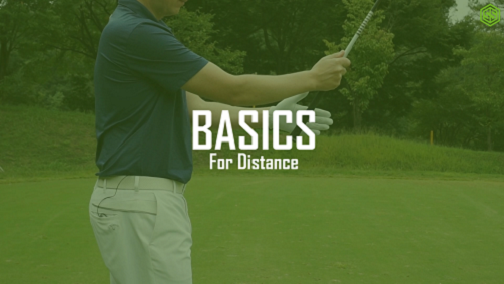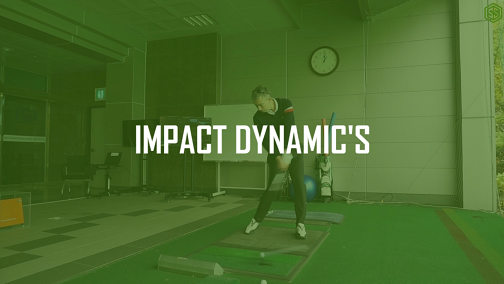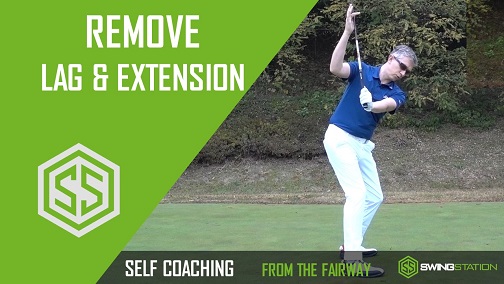Drill – Drag to Lag
My best Lag Drill
This article is aimed at players whose fault is Early Releasing, sometimes described as Casting or Scooping. Scooping will result in the club shaft leaning away from the target at impact, adding loft to the club, creating a high weak ball flight that loses distance.
What you want to learn to do is increase the angle between your left arm and club shaft in the transition, often referred to as increasing the Lag Angle. If you do, your hands will get to impact before the clubhead, leaning the shaft forward, reducing the loft of the club slightly, creating a lower ball flight and increasing distance.
As I have talked about in another video, Lagging is very much a function of the correct lower body movement. https://swingstation.com/improve-your-lag-angle/
As the lower body moves, first with a push into the left foot and rotation from the left hip, the clubhead gets left behind, increasing the Lag Angle. The concept is simple to understand, but as always, sometimes more difficult to do. The following drill is designed to give you the feel for Lagging the club.
The drill’s name is called Drag to Lag. It is aimed at the player who Early Releases or Scoops because of too much tension in their hands and arms.
- After taking your normal address, I want you to drag the clubhead away from the ball, as the name of the drill suggests. The hands will move in front of the clubhead, which will be impossible if you have too much tension in your hands.
- As you change direction with your lower body, the wrists will re-cock, again this would be impossible with tension. This re-cocking adds angle to the wrists, increasing the Lag.
- The movement simply continues with the lower body pulling the shoulders, arms and lastly the club head through to impact.
- A great feedback point, if you are doing it correctly, is that you will feel an increase in pressure on the inside of your right index finger (right handed).
- Practice this with small swings.
- Do not overdo the exercise, as I do not want you to create a habit of dragging the club at the start of the swing.
- Once you have the feeling for keeping the tension out of your hands and lagging the club, go ahead and make normal swings, feeling the same transition from backswing to downswing, as in the exercise.
Transcript
Hi Robin here. If you’re watching this video perhaps you’re a player who’s struggling with early releasing the club in the down swing. You video your swing. Perhaps you’ve had lessons. You can see this angle between the left arm and the club shaft actually decreases in the transition, a casting movement of the club head, and normally what we see with this is by the time you get to impact, the club head will have reached the ball before your hands. The club shaft will be leaning back. You’ll be adding loft to the club, difficult to compress the ball and hit the ball solid and consistently. You normally get a high, weak ball flight losing distance. With the better players when you watch them swing, you’ll see the opposite.
You’ll see in the transition that the angle between the left arm and club shaft actually increases. We’ll talk about a lot increasing the lag angle. By the time they get to impact, the hands have reached the ball slightly in front of the club head, the club shaft is leaning slightly forward, loft of the club is slightly reduced, and this leads to a more solid contact and a more penetrating ball flight and a little more distance. I talked about in another video that this increasing the lag angle to stop the early release and the scooping at impact is very much a function of the correct lower body movement in the down swing. When the lower body leads the down swing, it puts a little bit of pressure in the left foot, rotation from the left hip because that’s leading, and the club head’s getting left behind slightly. It’s this that increases that lag angle. I talked about that on another video, but some people ask for some drills to help them get a feeling for increasing the lag angle, and that’s what I want to show you today.
OK. The drill’s name is called Drag to the Lag. Seeing that the player obviously is early releasing but a player who’s got too much tension in their hands, a very common fault I see when players are early releasing or scooping at impact. They’ve got so much tension in their hands that simply they cannot let this angle between their left arm and their club shaft increase.
We do this drill, Drag to Lag. What I want you to do is actually as the name of the drill says, drag the club head away from the ball so your hands are leading the club head. To do this, you have to have a soft grip with very little tension in your hands. And then as you change direction with your lower body, the wrists will re-cock repositioning the club adding that angle to the wrists, and then simply go through and hit the shot. So we drag the club away, then we lag the club, then we strike the ball. This will give you the feeling of the energy transferring through your body from the transition, your hands remaining tension free allowing the lagging of the club to take place. Another good point is you’ll probably feel some pressure being put on the inside of your index finger as the club’s lagging, and that’s a good feedback point that you’re doing it correctly. Drag through to lag. So if I was to end the shot, it would look like this. I’m just going to do it with short swings.
And once you repeat that exercise a few times, you should get a feeling for how the transition should feel where your lower body’s leading the transition, this angle between your left arm and club shaft is increasing. You’re putting a little bit of pressure on your index finger as I’ve said, and then you can move through the shot which will eliminate that scooping at impact. I wouldn’t want you to do too much of this. Clearly, we don’t want you dragging the club head away from the ball and making that a habit so do it enough just so you can get a feeling of this key part, the transition, lower body leading, club head getting left behind, increasing the lag angle. Once you’ve got a feeling for it, go ahead and add it into your fool swings feeling the same transition from back swing to down swing.




